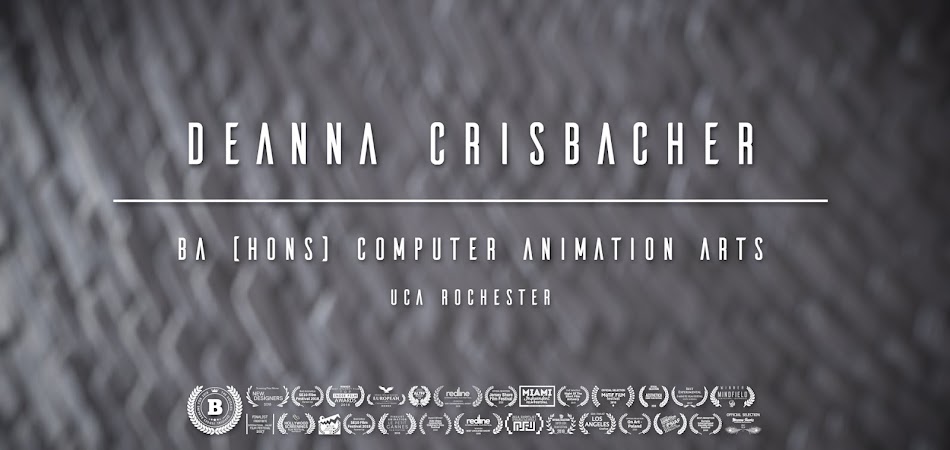I've learned that for the Vive, I'd need to download the SteamVR Plug-in, would give me access to the asset store. This would help me with dropping in the right controllers/cameras instead of the default cameras to allow head movement (apologies if I get any of this wrong or if I word it poorly). It would also give me access to different scripts that would let events such as sound effects (which is important and needs to be created as 3D sound) be triggered based on where the viewer is looking. This is similar to how it would work with Cardboard as well only it would be the Google VR SDK for Unity instead (and I'm guessing if I made VR for Cardboard that would avoid the issue of needing the specific computer and kit all attached since it's not for the Vive headset).
Since further investigation is needed in regards to the VR equipment at the Rochester campus, it was also suggested that I perhaps simplify my idea down in terms of technology and try to make something for Google Cardboard rather than the Vive at least for tests. After this meeting I went and I downloaded the Sketchfab VR app on my iPhone and tested that out as well. Both animated 3D models and 3D environments are available on Sketchfab and I think it was useful for me to return to my Goji headset to look at this option rather than immediately diving into the Vive. Unfortunately, my iPhone is small (SE) so it wasn't as spectacular as it probably would have been using a larger phone.
 |
| Sketchfab VR |
I've tried to think of pro's and con's of both making a VR animation for the Vive and for Cardboard. I admit part of me is more drawn to the Vive because I feel it'd be more immersive and a higher quality experience. However, there may be issues with the equipment available to me at the moment and I'd need to plan on times to work on that specific computer. I also know that less people would have access to viewing my animation if it was made for the Vive rather than the Cardboard due to the cost and accessibility of the Vive in comparison to Cardboard. For Cardboard, I don't feel it'd be as immersive of an experience but would get the idea across. This is mostly because according to what I have read in VR UX and what I have heard in tutorials on Lynda.com, the field of view and resolution in the Cardboard is quite a bit less than the Vive (the Vive has more vertical screen space while the Cardboard is limited to widescreen).
 |
| VR Headset Comparison |
Basically, despite the difficulties and perhaps having a smaller audience, I'd prefer to create something for the Vive since my project's topic is important to me and I'd like make it as immersive as possible. To me, having it made for the Vive would make it more impactful and higher quality, despite the added amount of difficulty.
However, I'm wondering if perhaps for this project I could test out the pipeline of using Maya then Unity to make a VR experience for Cardboard first...and perhaps as I bring it on for my third year I could alter that and use what I've learned to make it for the Vive if everything works. Apologies again if I said anything incorrect, I don't claim to completely understand the process but I'm trying my best to understand it better. Feel free to correct me.

Great to meet you yesterday Deanna. Your summary of the points we covered looks spot on. The Sketchfab route looks to me to be the best test platform to undertake some feasibility tests. It certainly won't be as compelling or immersive as full on Vive based VR, but it will give you a sense of what it might be like to inhabit your scene, rather than just observe it through the portal of your screen.
ReplyDeleteThe key to effective VR experiences is the invocation of a sense of "presence" in the user. Michael Abrash's presentation on VR from back in 2014 is still a good key into that terminology and the physiological connections between the user and the hardware. https://www.youtube.com/watch?v=G-2dQoeqVVo
Feel free to pop over to our traklab in Canterbury to try out some experiences if you like.
Thank you again for meeting with me, it was very helpful. I'll have a look at that video...I'm going to be in Rome over the reading week but perhaps afterwards I'll see when I'm free so I can plan to visit the traklab in Canterbury so I have a better understanding of it.
Delete